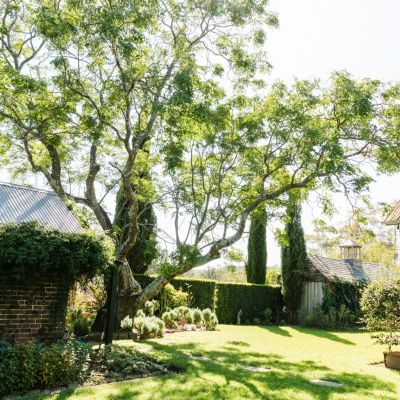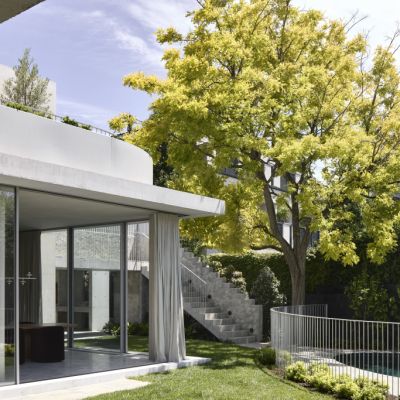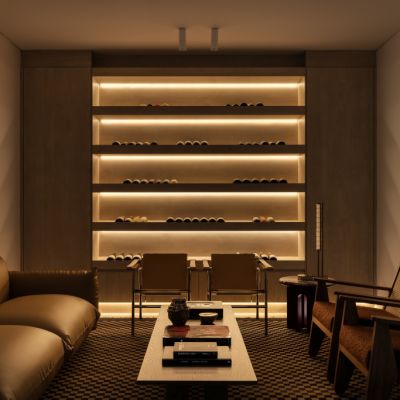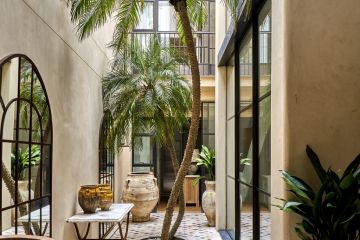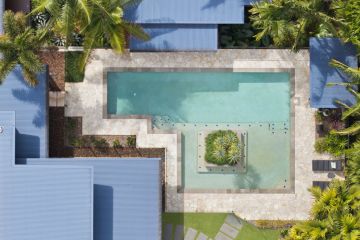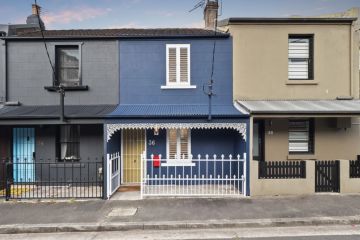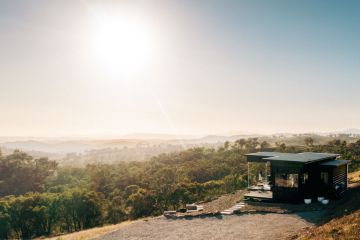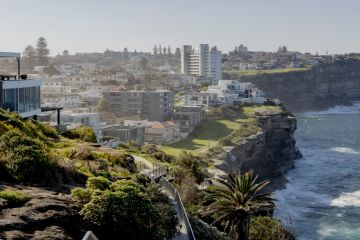Central Brisbane: Award-winning dumpling bar blending Hong Kong flair with local history
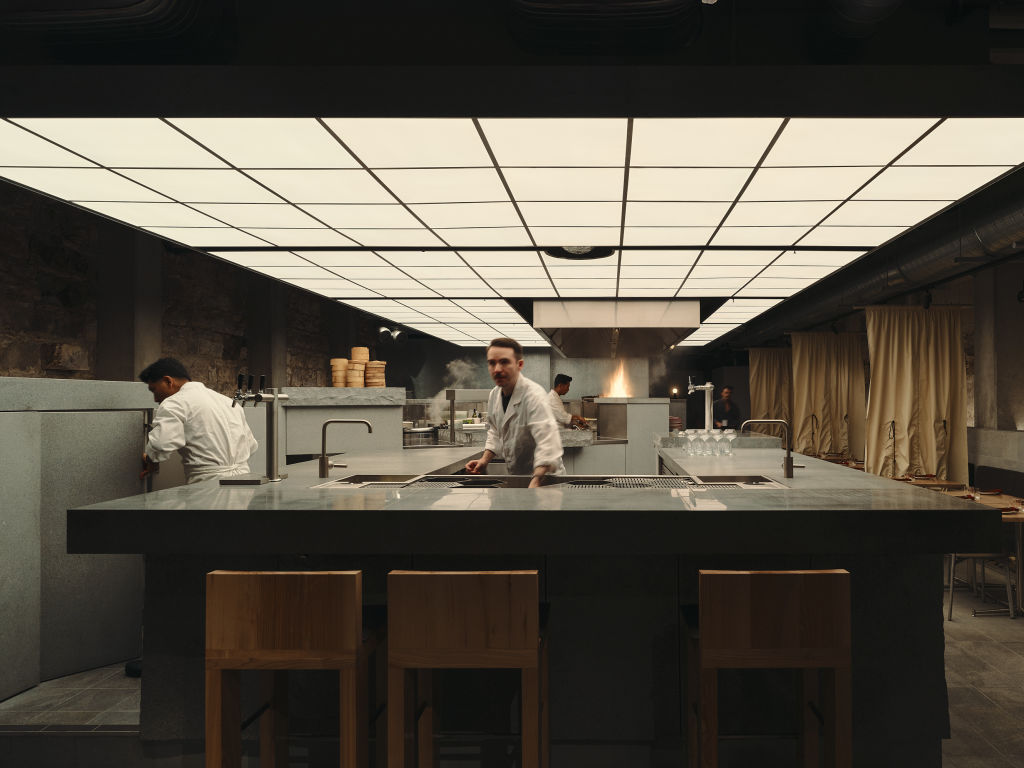
History might not be the first word that comes to mind when entering Central, an underground, Hong Kong-style dumpling bar that opened in Brisbane’s CBD last year. But the space is steeped in it. “We’ve certainly been inspired by what came before,” says Central co-owner David Flynn, referencing one of Brisbane’s defining nightlife venues.
When it opened in 1957, in the basement of the luxury Piccadilly Arcade at 340 Queen Street, The Primitif Coffee Lounge was like nothing else in town. It had a modernist mural on the wall, live jazz on weekends, comedy gigs and fashion shows, plus the first Italian espresso machine in Brisbane. The cafe-bar became a favourite haunt for beatniks, artists, musicians and creatives, and even hosted some of the earliest performances by Barry Crocker and Peter Allen.
“It was a kind of coming-of-age venue for Brisbane at that time,” Flynn says.
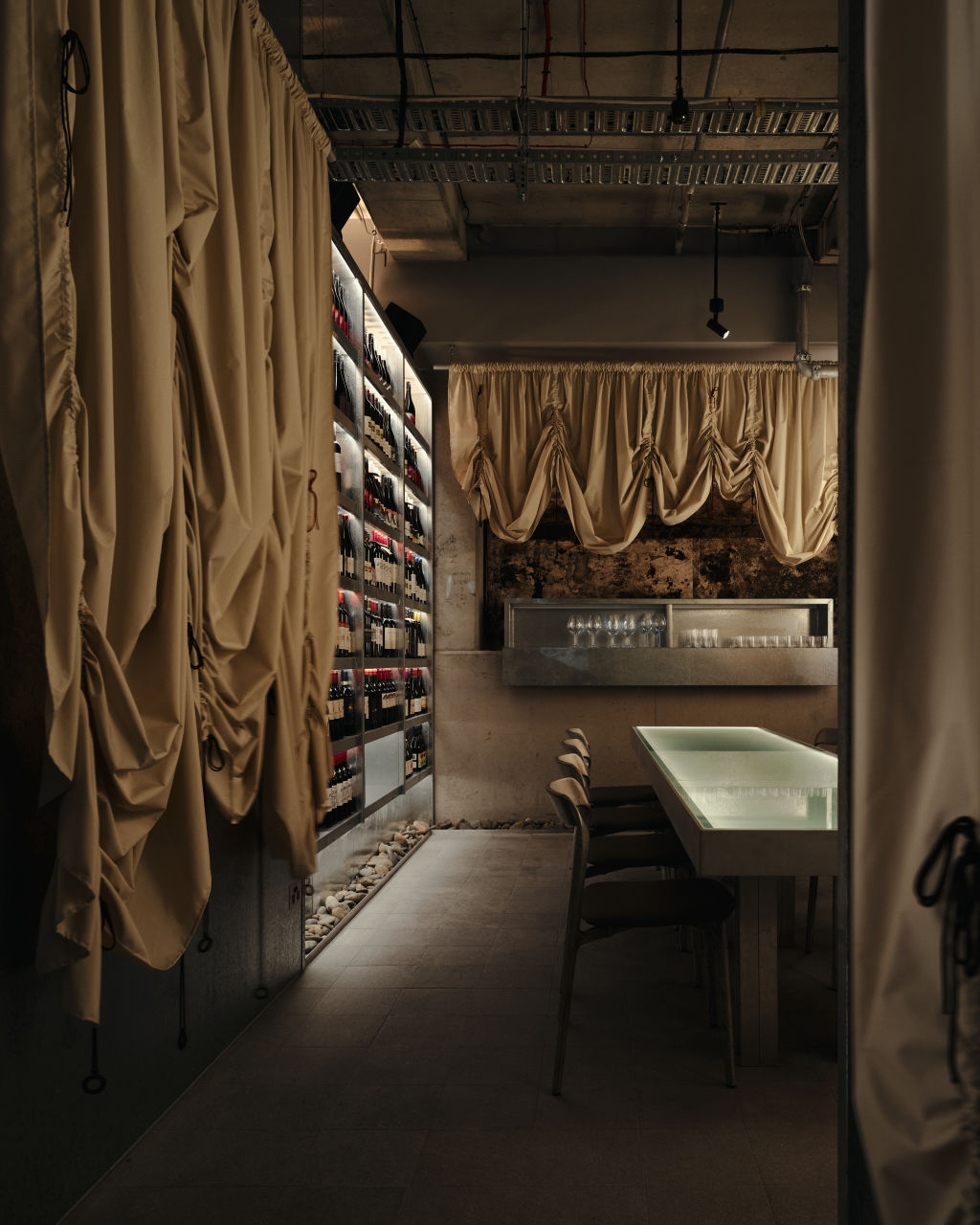
The 1974 flood forced The Primitif to close and, while the Piccadilly Arcade survived into the ’80s, it eventually shut to shoppers and became office space – a sign that perhaps Brisbane had grown up too much.
When Flynn and his team began planning their new restaurant, the old Primitif basement was a perfect fit. “We knew we wanted to do something in the middle of the CBD,” Flynn says. “We wanted it to be underground … and we wanted a sense of escapism, so you can feel like you’re somewhere else in the world.”
Now that moody, subterranean spot is home to Central, which recently picked up three wins at the 2025 Australian Interior Design Awards for its dramatic, brutalist fit-out. One for hospitality design, one for best commercial design in Queensland, and the Premier Award – the equivalent of best in show.
Descend a concrete staircase dressed in draped fabric to find the hidden, cave-like space. Designed by Brisbane-based architecture firm J.AR Office, the 80-seat restaurant is built around a large, open kitchen. “[It’s] a kind of stage, so it has the proportions of a Chinese opera stage,” says J.AR Office director Jared Webb. “I think it’s really fantastic and engaging having chefs right in the middle of the room.” It’s also a nod to Hong Kong’s once-ubiquitous dai pai dong street food stalls – bustling, open-air kitchens with bar seats.
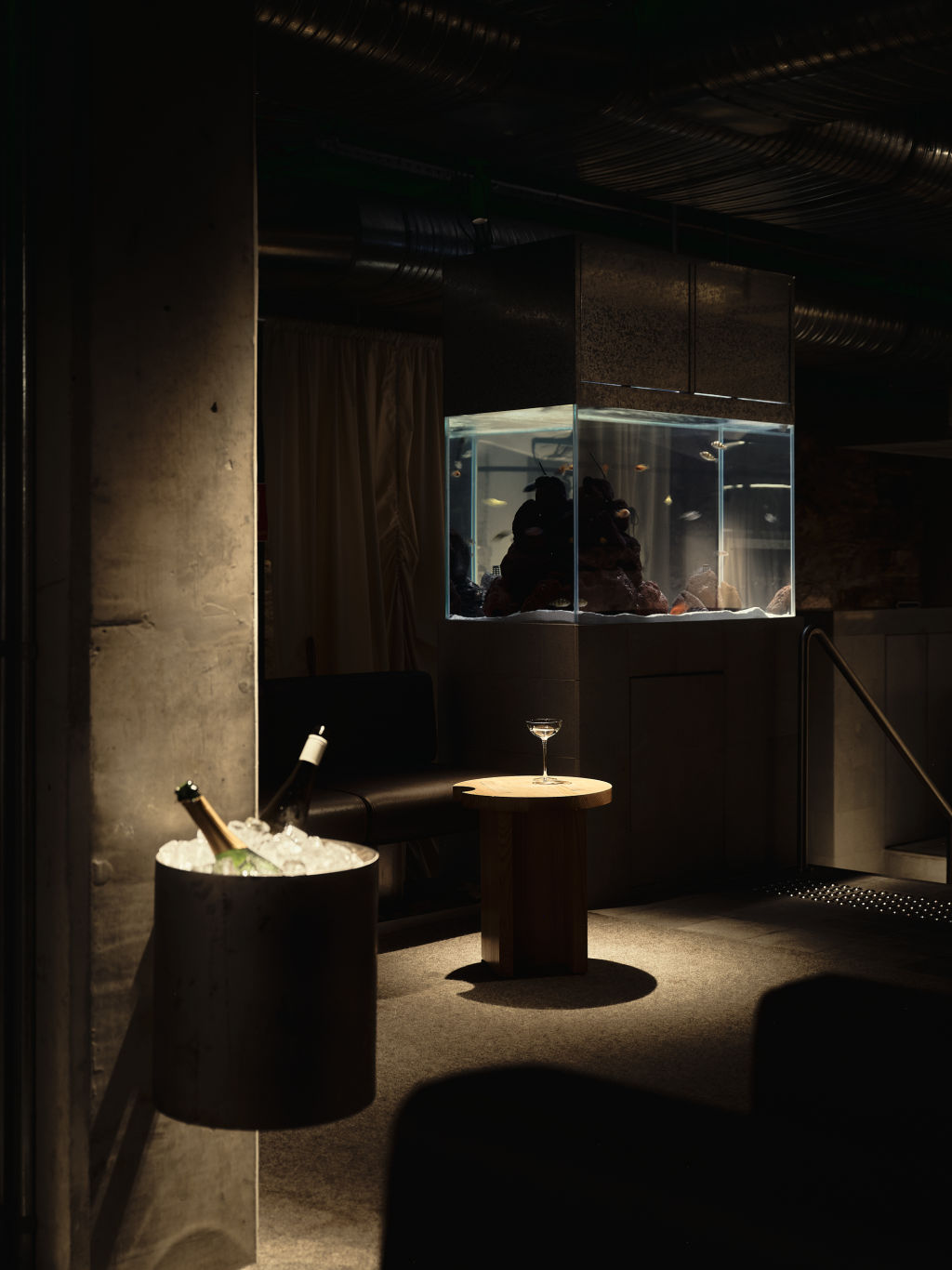
A futuristic grid of overhead panel lights glow above the kitchen. “We’ve got a low head height down there, so we celebrate it with this illuminated ceiling,” Webb says. The lights are brighter for the lunch crowd, switching to a softer tone at night. When the mood is more party-inclined, a hidden disco ball lowers from between the panels.
Despite all its Hong Kong influences, Central’s design also has “a rich layering of deeply Brisbane things”, according to Webb. The original stone walls are made of Brisbane tuff, the colourful volcanic rock that makes up the Kangaroo Point cliffs and a common building material in early Brisbane architecture. The hand-carved benchtops feature the same salt-and-pepper granite found along the footpath paving on Queen Street, their polished tops and rough edges tying the room’s raw and refined elements together.
The restaurant joins a recent boom of high-end Chinese venues in the Brisbane CBD, including Longwang, Hua and The Fifty Six, housed in the heritage-listed Naldham House. But even among them, Central stands apart – its award-winning design just as memorable as its menu.
We recommend
We thought you might like
States
Capital Cities
Capital Cities - Rentals
Popular Areas
Allhomes
More
- © 2025, CoStar Group Inc.
